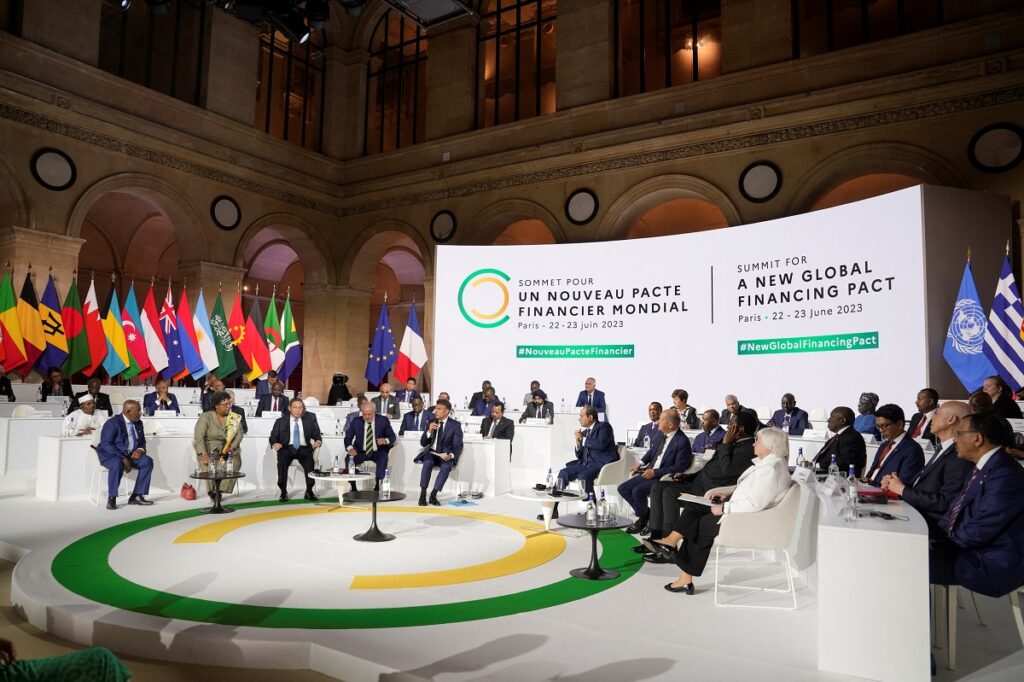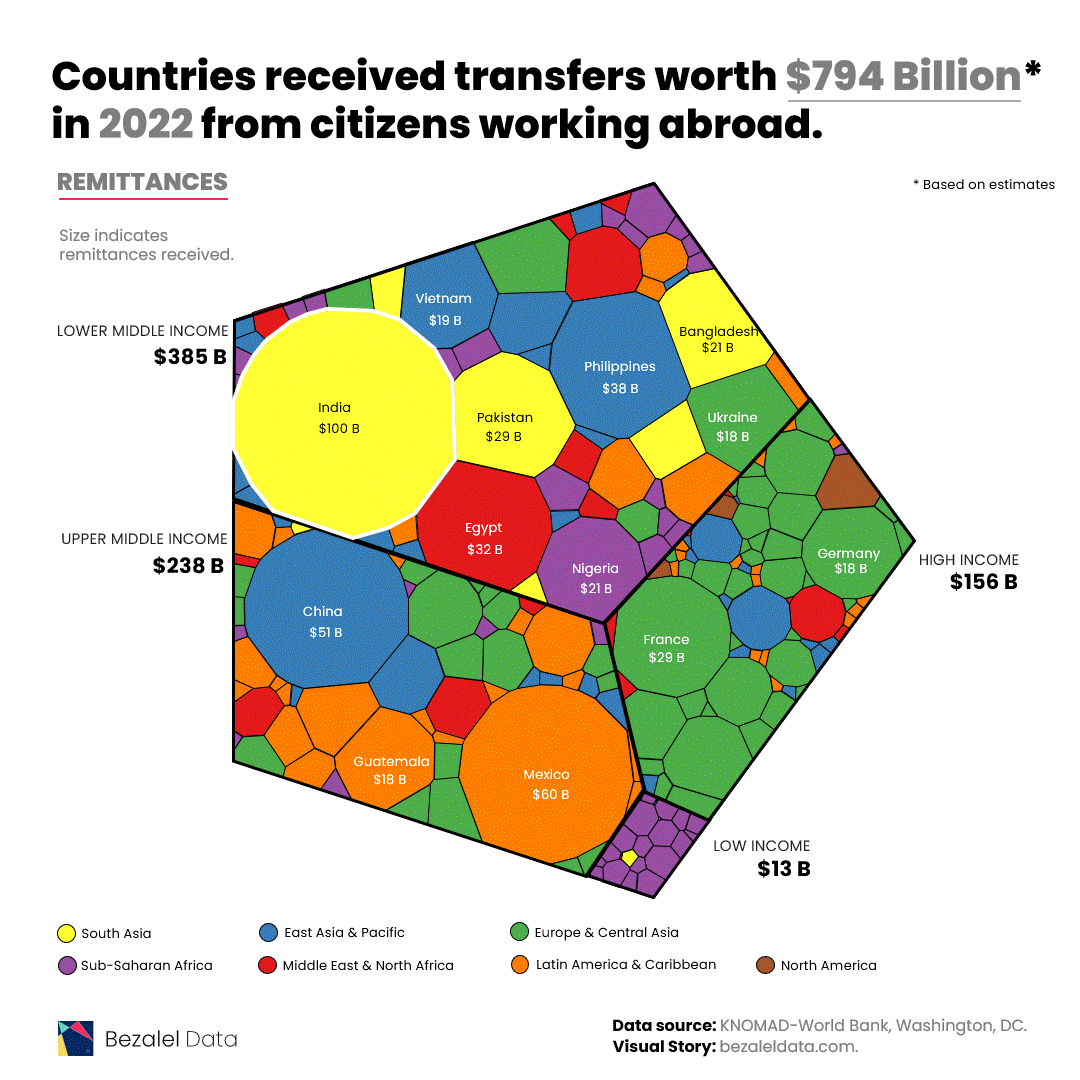Globalists Claim Mass Immigration Helps The US Economy – Here’s Why That’s A Lie

By Brandon Smith
I have said it many times in the past but I think it bears repeating once again: If you want to understand why world events happen the way they do, you must understand the goals and influence of globalist institutions. You must accept the fact that these people create most of the national and international disasters you and I have to deal with on a regular basis and oftentimes they create these disasters deliberately.

